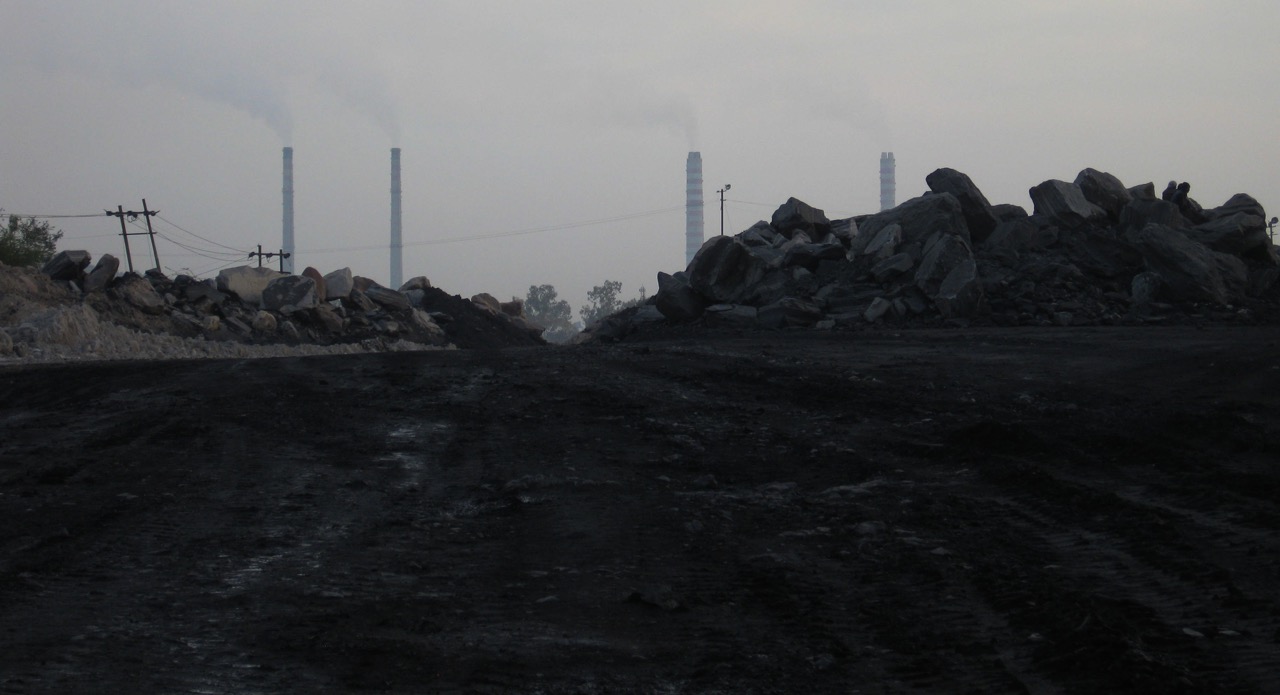In the pollution fight, humanity loses at least nine million lives every year, which disproportionately hits poor countries. That’s the main conclusion of the most comprehensive study ever conducted about the effects of industrial and vehicular pollution, which warns us that this global crisis “threatens the continuing survival of human societies.”
The report by the Commission on Pollution and Health recently published by The Lancet also concluded that toxic pollution — including that from coal, oil, and fracked gas — costs humanity $4.3 trillion annually, 6 percent of the world’s GDP. This constitutes an unbearable burden for emerging economies throughout the world, including Latin America. But the situation may be much worse.
“We hadn’t really got our minds around how much pollution is not counted in the present tally,” said Prof. Philip Landrigan, at the Icahn School of Medicine at Mount Sinai, NY, who co-wrote the study. “The current figure of nine million is almost certainly an underestimate, probably by several million.”
The death toll, in any instance, is devastating. These 9 million are one in six of all deaths on the planet. The vast majority of deaths take place in poor countries, such as India, where pollution causes 25 percent of all fatalities.
The report also focuses on the disproportionate punishment ethnic communities take in rich countries, such as Latino farm workers in the US who suffer great health damages because of pesticide exposure.
The authors, however, underline the great technology improvements that have helped reduced the pollution mortality rate in rich countries, indicating that this is a “winnable fight,” as long as there exists a political will.
These, however, are not the only costs of fossil fuel pollution. In the US alone, the climate crisis — which coal, oil, and fracked gas help to unravel— has cost us all $350 billion in the last ten years. A report by the Government Accountability Office found that those costs come from assistance provided to the victims of devastating storms, floods, wildfires and droughts that have been made worse by the climate crisis.
The GAO adds that the costs of the super storms that practically leveled Puerto Rico and devastated parts of Texas and Florida are not included in this report. It also predicts that unless the federal government steps up and takes a much more relevant role in tackling this challenge, by 2050 the climate crisis will cost the country $35 billion a year.
The solution is called clean energy, which already saves an astounding number of lives and stratospheric amounts of money. An exhaustive report of the Lawrence Berkeley Lab concluded that in the US, from 2007 through 2015, the rise of both solar and wind energies have saved us almost $90 billion in both health and climate costs, and avoided 7,000 premature deaths.
Meantime, solar energy continues to pulverize records as the world’s cheapest energy source. Last year, it happened in Mexico, where a winning proposal offered ¢3.6 per kilowatt/hour. This year another proposal in Saudi Arabia offered ¢1.79 kilowatt/hour. According to sources quoted by Bloomberg New Energy Finance, “Solar energy delivers the cheapest unsubsidized electricity ever, anywhere, by any technology.”
It’s settled. In the pollution and climate fights, clean energy is a lifesaver.
